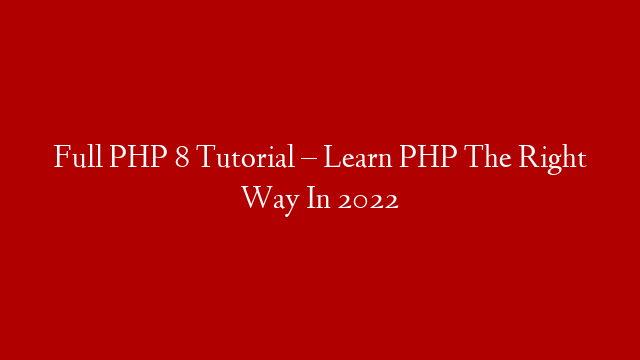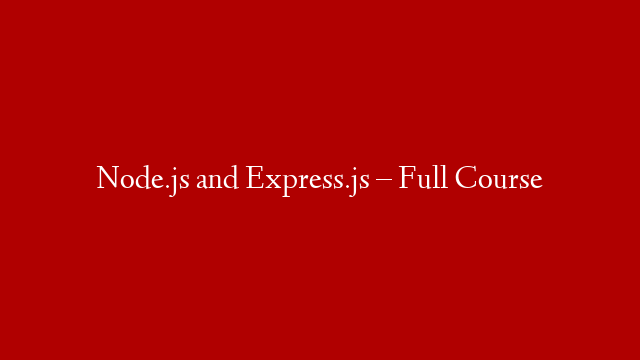| Code-it-yourself
It’s never been easier to get into web programming. In this HTML beginner tutorial, we’ll take a look at the two basic elements that make up a web page: content and structure. Then we’ll learn how to add style with CSS, how to make our pages more dynamic with JavaScript, and finally how to optimize our code for search engines.
Content
The content of your web page is the meat of your site. It’s the reason people come to your site in the first place. Content can be divided into two categories: text and media. Text includes everything from headings and paragraphs to lists and tables. Media includes images, videos, and audiofiles.
When creating text content for your web page, it’s important to keep in mind that people will be reading it on a variety of devices with different screen sizes. That means you should avoid using long lines of text or dense blocks of text. Instead, use short paragraphs and plenty of white space to make your content easy to read.
You should also think carefully about your choice of words. The words you use on your web page should be carefully chosen to engage your audience and rank well in search engines. That means using keywords judiciously and avoiding jargon.
When it comes to media, less is often more. A single well-chosen image can be more effective than a dozen thumbnails. And a short video clip can be much more engaging than a long one. So don’t overdo it with the multimedia on your web page – focus on quality over quantity.
Structure
The structure of your web page is just as important as its content. That’s because the structure determines how easy your site is to navigate and how well it ranks in search engines. The two most important elements of structure are HTML tags and links.
HTML tags are used to denote different types of content on a web page. For example, there are tags for headings, paragraphs, lists, tables, images, videos, etc.. Using the right tag for the right piece of content is important for both accessibility and SEO. Links are used to connect one web page to another – they’re what allow people to navigate around the internet!Links can be either internal or external: ~~~
Internal links point to other pages on your own website ~~~
External links point to pages on other websites ~~~
When creating links, it’s important to use descriptive anchor text (the visible text that makes up the link) so that people know where they’re going when they click on it. Anchor text should also be chosen carefully for SEO purposes – using keywords can help improve your site’s ranking in search engine results pages (SERPs). ~~~
Finally, you should pay attention to the overall hierarchy of your website when designing its structure . That means creating a clear navigation system with distinct sections for different types of content . A well-structured website is easy for both people and search engines to understand , making it more likely to rank highly in SERPs . ~~~



